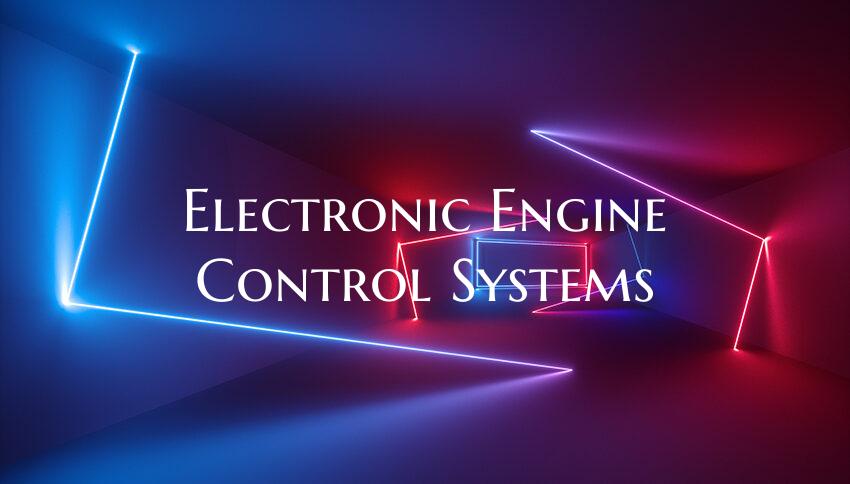Electronic Engine Control Systems
In the modern automotive industry, electronic engine control systems have revolutionized the way engines operate, providing more efficiency, power, and control than ever before. These sophisticated systems have replaced the traditional mechanical components with electronic sensors and actuators to manage engine performance in real-time. Understanding the key components and functions of electronic engine control systems is essential for anyone looking to grasp the intricacies of modern vehicle technology.
Key Components of Electronic Engine Control Systems:
1. Engine Control Unit (ECU): The brain of the electronic engine control system, the ECU processes data from various sensors to make adjustments in real-time. It controls functions such as fuel injection timing, ignition timing, and idle speed to optimize engine performance.
2. Sensors: Sensors play a crucial role in gathering data about the engine's operating conditions, including the air-fuel ratio, engine temperature, throttle position, and exhaust gas composition. Common sensors used in electronic engine control systems include oxygen sensors, mass airflow sensors, and crankshaft position sensors.
3. Actuators: Actuators are responsible for executing the commands sent by the ECU to make adjustments to the engine functions. They include components such as fuel injectors, throttle body actuators, and ignition coils, which work together to ensure precise control over the engine's operation.
4. Wiring Harness: The wiring harness connects all the sensors, actuators, and the ECU, allowing them to communicate and exchange data effectively. Proper wiring is essential for the reliable and accurate operation of the electronic engine control system.
Functions of Electronic Engine Control Systems:
1. Fuel Management: The ECU regulates the amount of fuel injected into the engine cylinders based on input from sensors, ensuring the optimal air-fuel mixture for combustion. This control mechanism leads to improved fuel efficiency and reduced emissions.
2. Ignition Timing: By adjusting the timing of the spark plug ignition, the electronic engine control system optimizes power output and fuel efficiency. Precise ignition timing also helps prevent engine knocking and improves overall engine performance.
3. Emission Control: Electronic engine control systems play a significant role in minimizing harmful emissions by monitoring and controlling the combustion process. This includes managing exhaust gas recirculation (EGR), catalytic converter operation, and other emission control mechanisms.
4. Performance Tuning: Many modern vehicles come with advanced engine control systems that offer performance tuning options to enhance power output and responsiveness. These systems allow drivers to customize engine parameters within safe limits to suit their driving preferences.
In conclusion, electronic engine control systems have transformed the automotive industry by providing precise control over engine functions, enhancing performance, efficiency, and emissions control. Understanding the components and functions of these systems is essential for technicians, engineers, and enthusiasts looking to navigate the complexities of modern engine technology.

